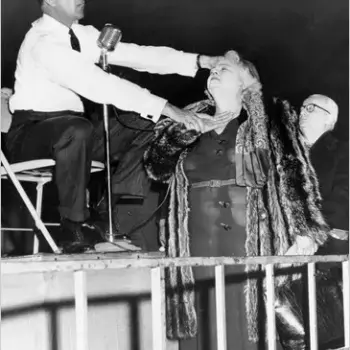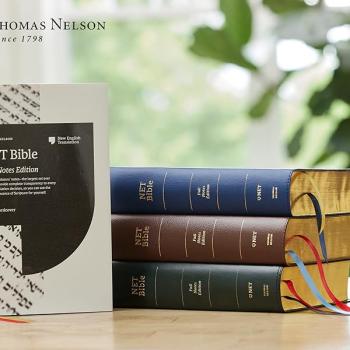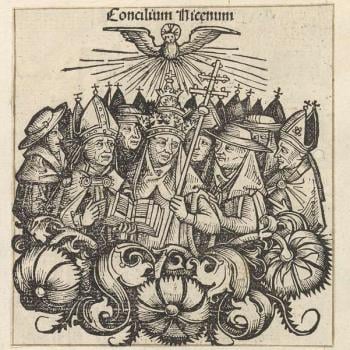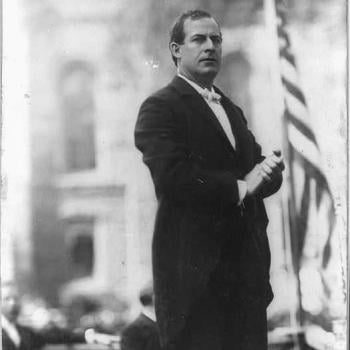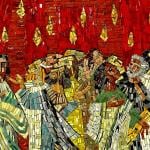Archaeologists have discovered the seal of King Hezekiah near the Temple Mount. It is a small piece of clay bearing the imprint of a ring, inscribed with various symbols and the words “Belonging to Hezekiah, [son of] Ahaz, king of Judah.” The seal must have been placed on a document ratified by the king’s ring, on the finger of a Biblical hero, one of Judah’s most godly rulers.
From Biblical King’s Royal Seal Unearthed Near Temple Mount – Yahoo News:
The royal seal of an ancient biblical king has been unearthed near the Temple Mount in Jerusalem.
The seal, a clay impression depicting a two-winged sun with two ankh symbols on either side, was once used to seal papyrus documents associated with King Hezekiah, who ruled the kingdom of Judea from 727 B.C. to 698 B.C. The seal was unearthed in a trash heap near the walls of the ancient Temple Mount.
“Although seal impressions bearing King Hezekiah’s name have already been known from the antiquities market since the middle of the 1990s — some with a winged scarab (dung beetle) symbol and others with a winged sun — this is the first time that a seal impression of an Israelite or Judean king has ever come to light in a scientific archaeological excavation,” Eilat Mazar, an archaeologist at the Hebrew University of Jerusalem who led the excavations, said in a statement. . . .
The team found the seal while sifting through archaeological remains from a trash heap found outside what was once the Royal Building, essentially the food pantry for the ancient kingdom.
When the researchers took a closer look, they realized the item was a seal with the following inscription: “Belonging to Hezekiah, [son of] Ahaz, king of Judah.”
The seal measures about 0.5 inches (1.3 centimeters) across and bears the imprint of the ring that would have encircled the seal of soft clay. While similar seals have cropped up in local markets for two decades, this is the first time an official excavation has uncovered a seal from Hezekiah’s reign.
The winged-sun imagery suggests the seal came from later in Hezekiah’s rule. Earlier in his reign, Hezekiah used a scarab, or beetle, which was a typical symbol of power in the Middle East at the time. But in later life, he turned to the winged-sun imagery, which represented the protection and refuge of God.
[Keep reading. . .]
See a picture of the seal at the link.
HT: Paul McCain



